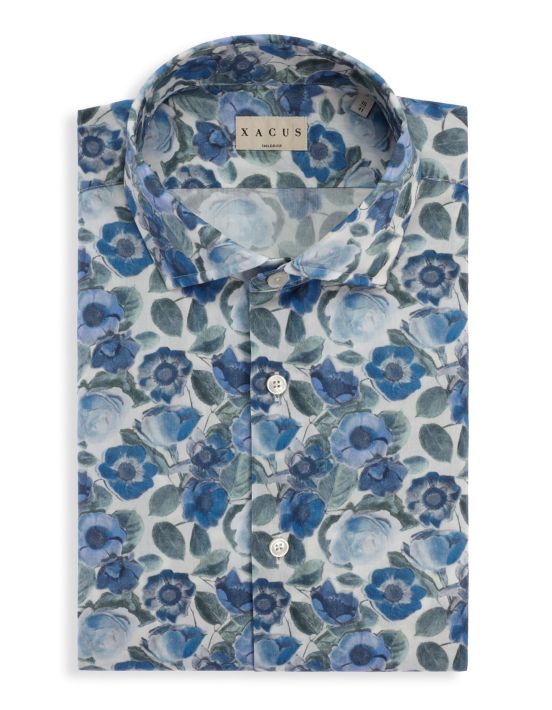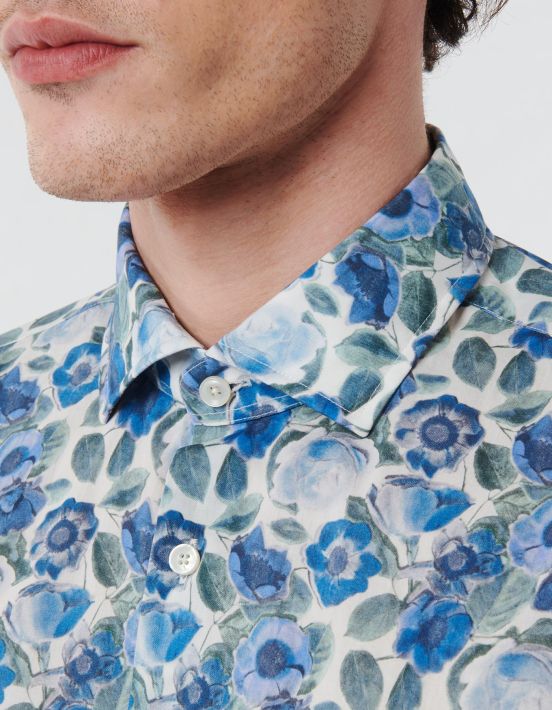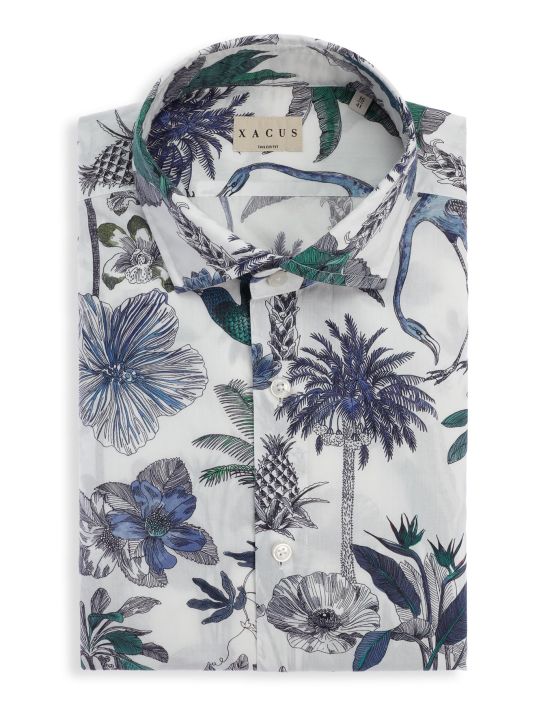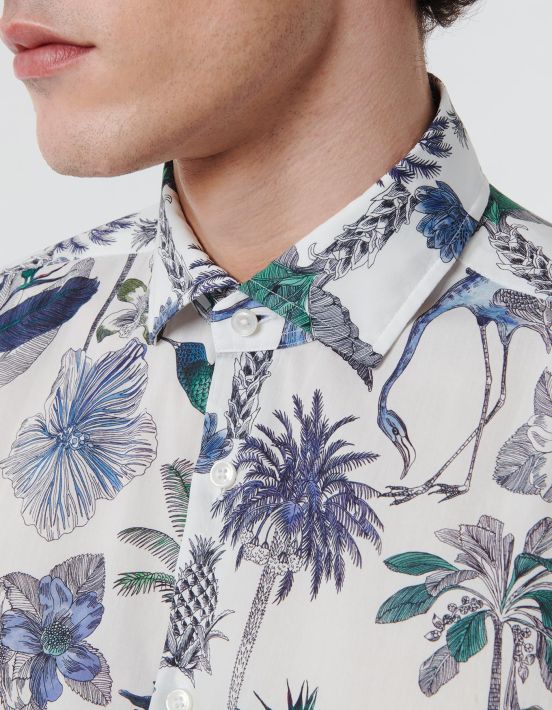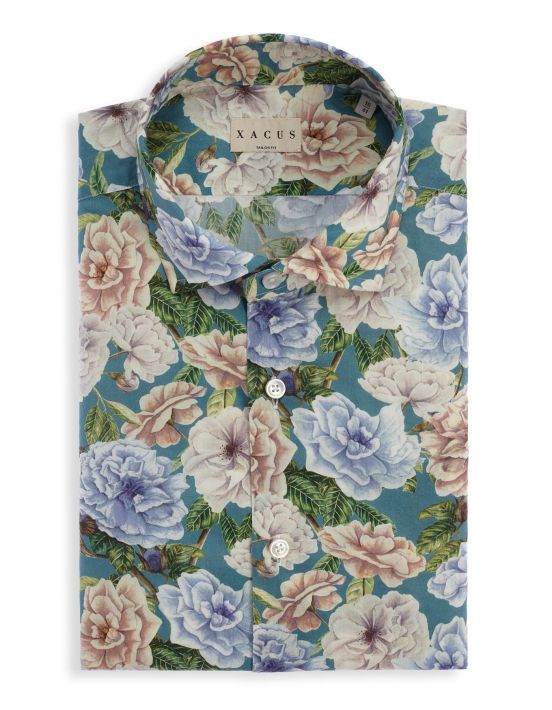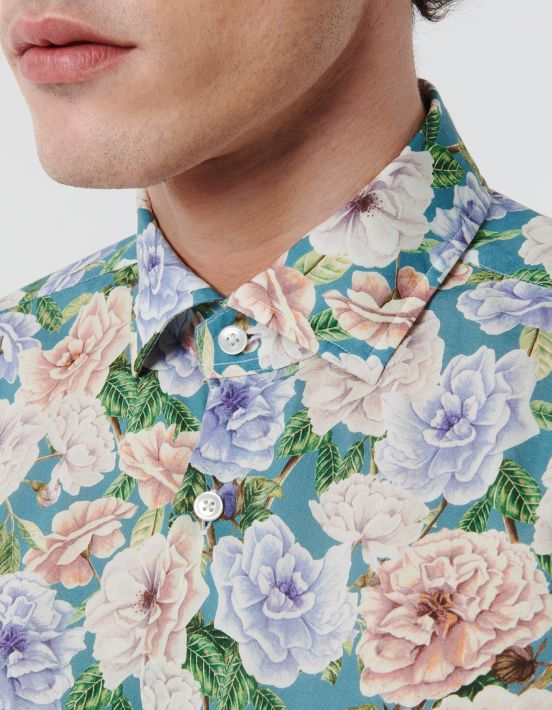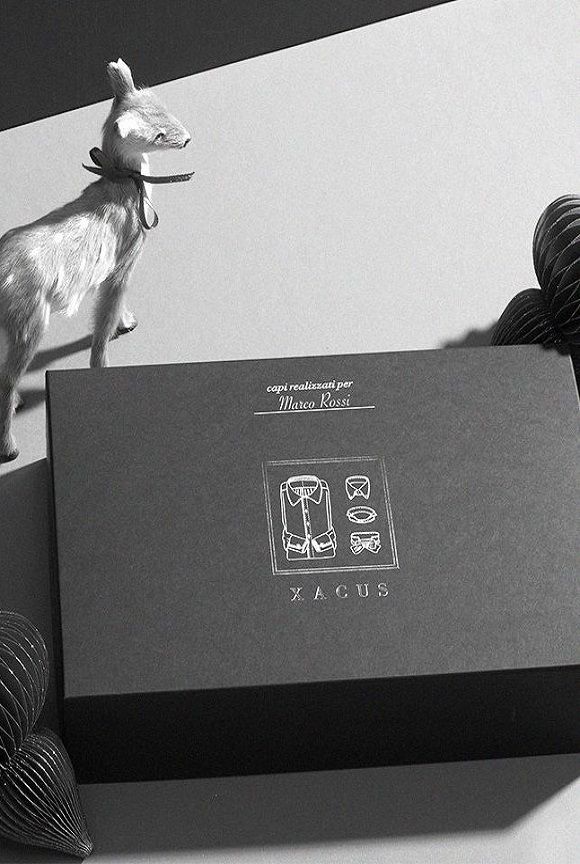The story of the patterned shirt: from the Renaissance to today.
Geometrical shapes, designs, patterns and motifs, from the most classic to the most extravagant, patterned shirts are certainly a must-have. Whether they are the stripes of a business shirt or Liberty of London prints, a patterned shirt, if well matched, can give that extra touch to any look. They’re a classic for all of us, but let’s find out how they have evolved through centuries of history.
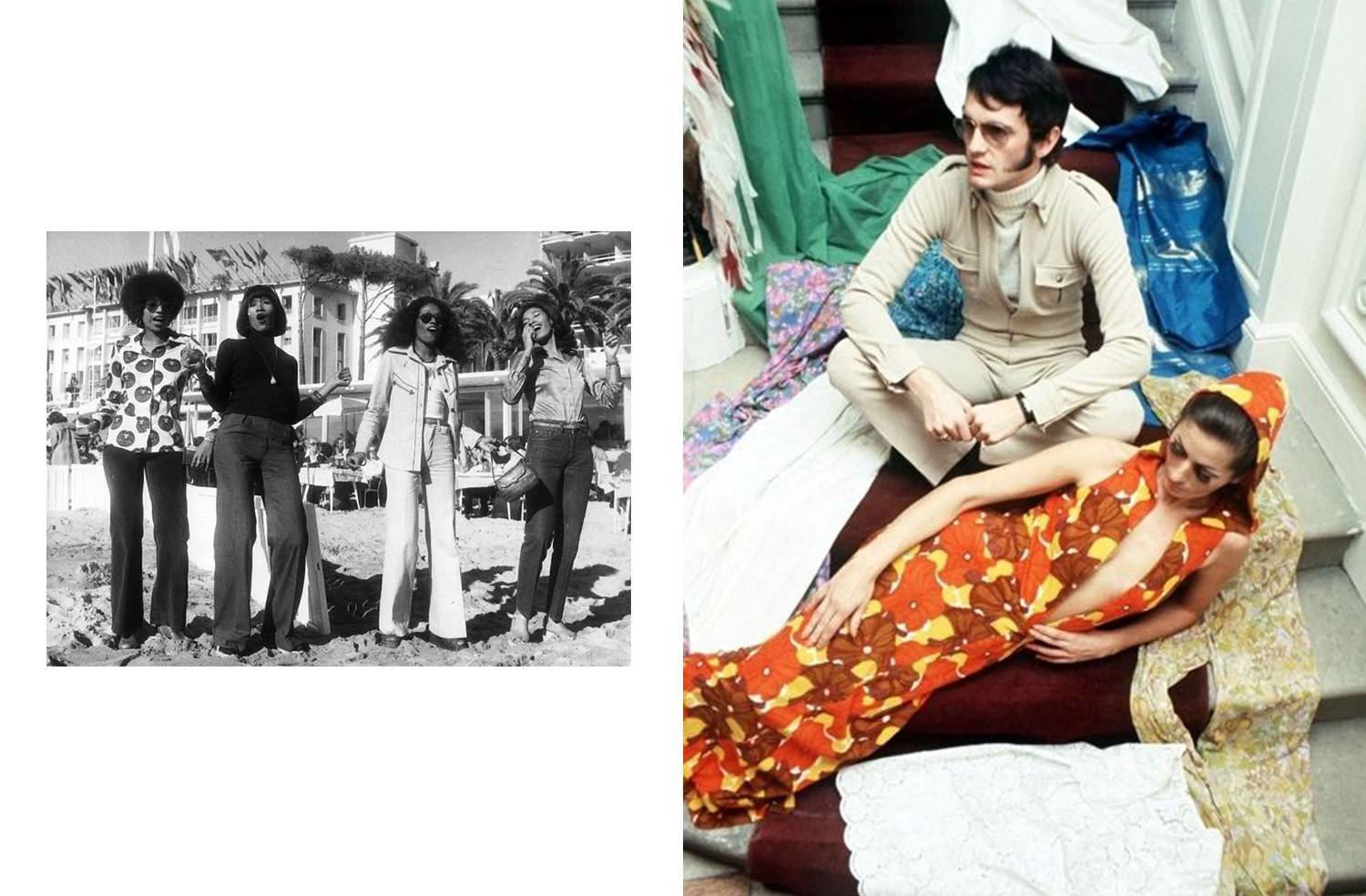

atterned shirts: from their origins to the disco.
Until the 16th century, the shirt was used as a bathing-dress, but from the 17th century onwards, it was decorated with lace and motifs to emphasize social and economic differences. During the Baroque period, when the necktie also made its appearance, the shirt started to be the most commonly-worn garment for men. Then, from the mid-19th century, as well as the classic short-sleeved white shirt with short neck, coloured shirts also became popular, both for work purposes and also to wear for doing sports. Stripes were the first pattern to be introduced and were adopted by businessmen in particular. The more formal styles of striped shirt have a white background, with thin stripes in a mid or dark colour, set close together. A real cultural revolution occurred when coloured, patterned shirts gained in popularity throughout all social classes; they were worn by thousands of manual workers and used for doing all kinds of sports, from polo to football, tennis and rugby. After World War II, delicate Liberty floral motifs became more and more popular in children’s clothes, too, and they were also an essential element for designers – first and foremost Mary Quant and Jean Muir, who turned them into a symbol of young fashion, free and unconventional even in the choice of shirt.
The real cult era for patterned shirts was in the Sixties and Seventies: from hippies to disco style, those years were characterized by floral shirts, miniskirts, bell-bottom jeans and psychedelic patterns. The hippie movement, also known as flower power, saw the rise of tie-dye shirts, Mexican peasant blouses, military-style clothing, tunics or Nehru jackets. From the mid ‘70s, the t-shirt came back into fashion as a garment embellished with designs, prints, oriental graphics and slogans, along with oversize sweaters, thick woollen cardigans or khaki pants. At the beginning of the ‘80s, fashion was impacted by another social phenomenon: this was the era of disco dancing, with upside-down triangleshapes, wide-shouldered jackets and miniskirts or tight trousers, but also lurex shirts, sequins, Lycra hot pants or baggy trousers, alongside splendid long, feminine evening dresses.
The patterned shirt today.
Although the white shirt was always a symbol of affluence up to the end of the 19th century, since only the upper classes could afford to have them washed frequently and any type of work could produce stains, patterned shirts became more and more established so that they are now loved and worn by everybody. Colours, shades, prints and appliqués have today become the norm. Patterned shirts, with their floral patterns and refined micro-prints, are perfect both for more formal occasions and for a more casual look.

